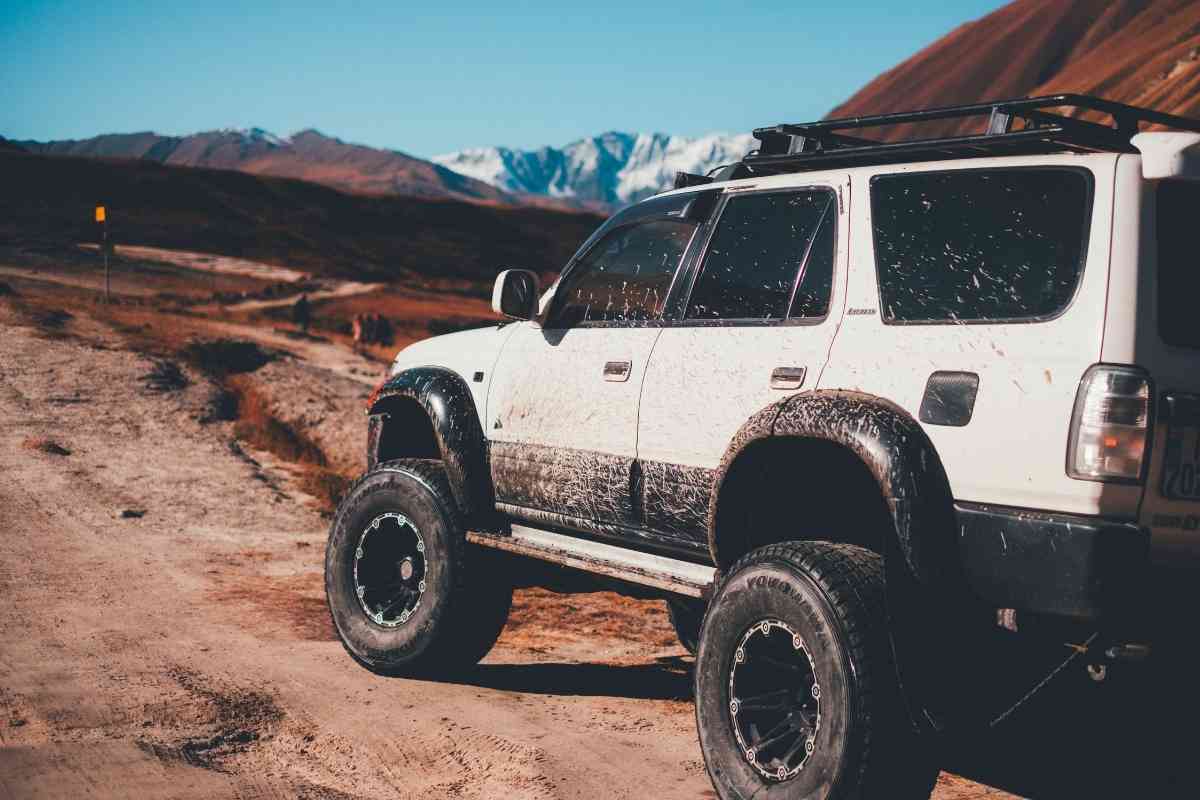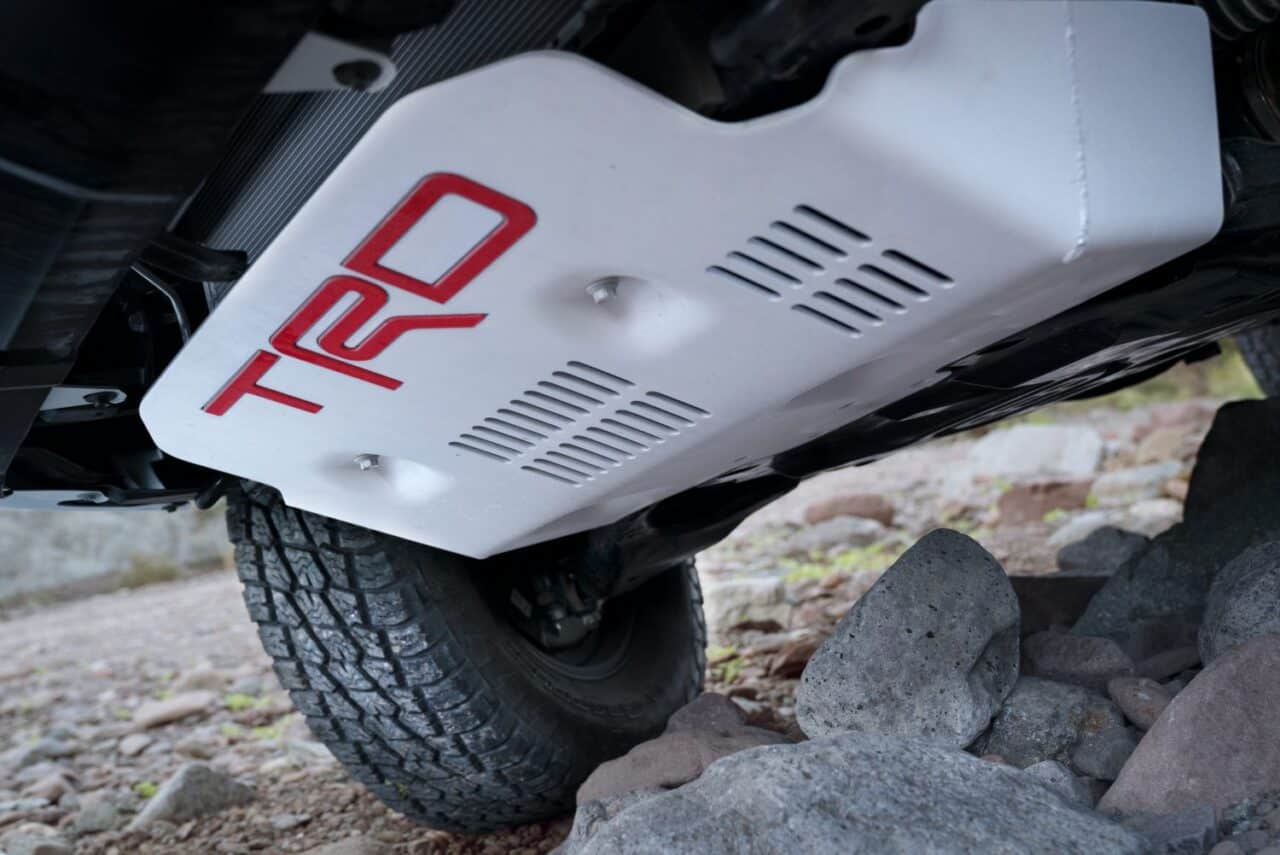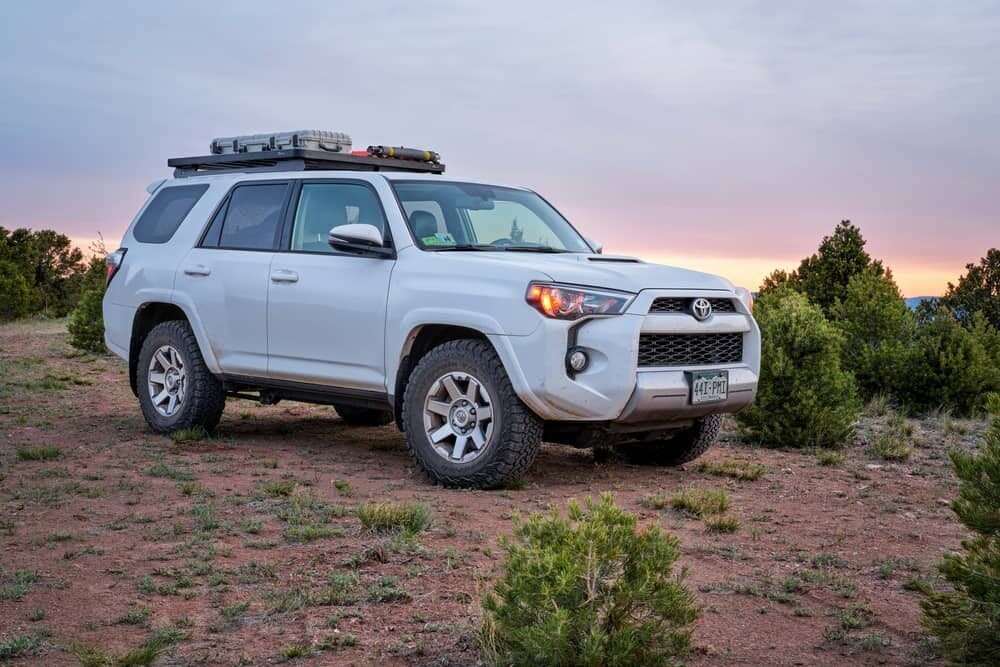What Size Tires Fit A Toyota 4Runner?
The Toyota 4Runner is a mid-size SUV popular for both everyday driving around town and off-roading adventures. While the stock tires for the 4Runner are versatile, there are many reasons you might want to upgrade your vehicle with tires of a different size.
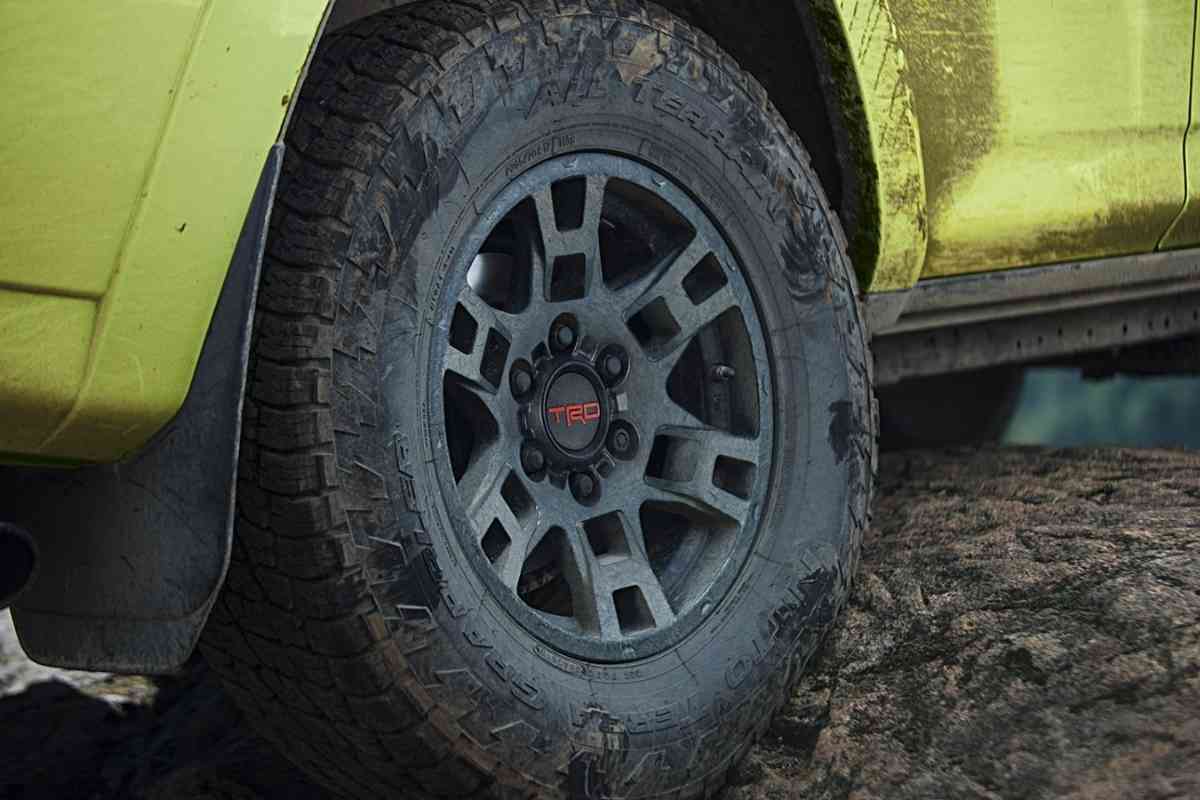
What Size Tires Fit a Toyota 4Runner?
The Toyota 4Runner fits a variety of tire sizes depending on the specific edition. Most modern versions of the 4Runner come standard with 265/70R17 tires and 17-inch wheels, although they can fit tires up to the size of 285/70/17 (33-inch wheels) without requiring body modification.
Whether you want to replace your tires with a standard size or want to add larger sizes for better off-road capabilities, you have quite a few options. Keep reading for a closer look.
How to Find the Tire Size for Your Toyota 4Runner
What is the right size tire for your 4Runner? The answer depends on a few factors, such as where you want to drive and the specific edition of your vehicle.
First, you’ll need to know your 4Runner’s rim size. It’ll be either 17 or 20 inches. You can find the rim size in two ways:
- Your owner’s manual
- The tires currently on your vehicle
All tires have sizing information printed on the side. It’s a string of numbers and letters. The rim size is the two-digit number following the letter R.
The original tire size for a 4Runner with 17-inch rims is P265/70R17 113 S. When shopping for this tire, you can use the simplified size, which is 265-70-17.
This tire is standard on the following trim options:
- SR5
- SR5 Premium
- TRD Off-Road
- TRD Off-Road Premium
- TRD Pro
If you have a 4Runner with 20-inch rims, the original tire size is P245/60R20 107 H. It’s simplified as 245-60-20. The only 4Runner trim option with 20-inch rims is the Limited.
What are the Biggest Tires You Can Fit on a 4Runner?
The stock tires on the 4Runner work well for general highway driving and light off-roading, but if you’re a frequent off-roader, you’ll likely want to upgrade your SUV with larger tires.
There are two ways you can add larger tires, depending on whether or not you want to modify the body of your vehicle.
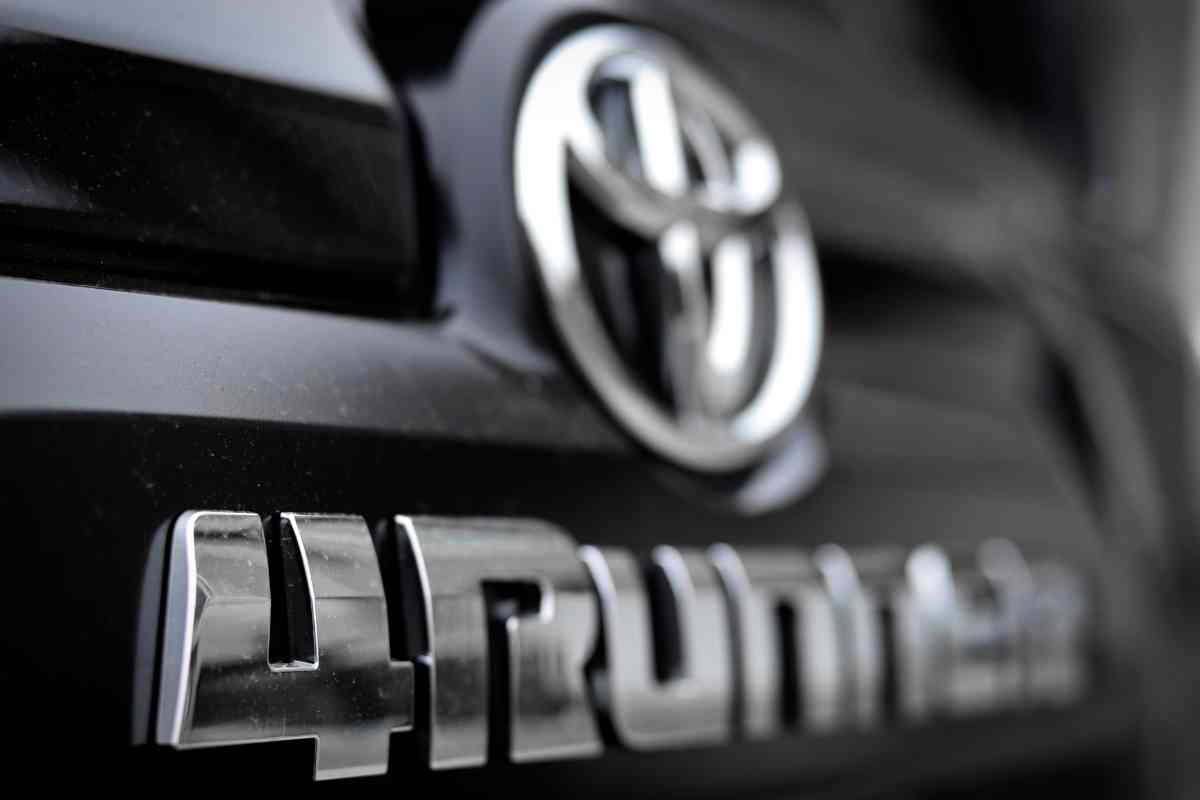
No Modification
If you don’t want to modify your 4Runner, the biggest tire it can fit is the 275/70/17. It requires no changes to panels, fender liners, or other components. You should have no problem mounting them on the stock 17-inch rims of any 5th Generation 4Runner.
The 275/70/17 is a good choice for off-roading and over-landing for several reasons:
- They’re wider than stock tires which increases grip on uneven surfaces
- They have tall sidewalls, which helps when driving through sand
- They increase the ground clearance of the vehicle
- They won’t have a negative impact on your gas mileage
You don’t want to mount any tires wider than 275 on a stock 4Runner, as tires with a width of 285 or more can result in an issue called body scrubbing, which is when the tire makes contact with the wheel wells.
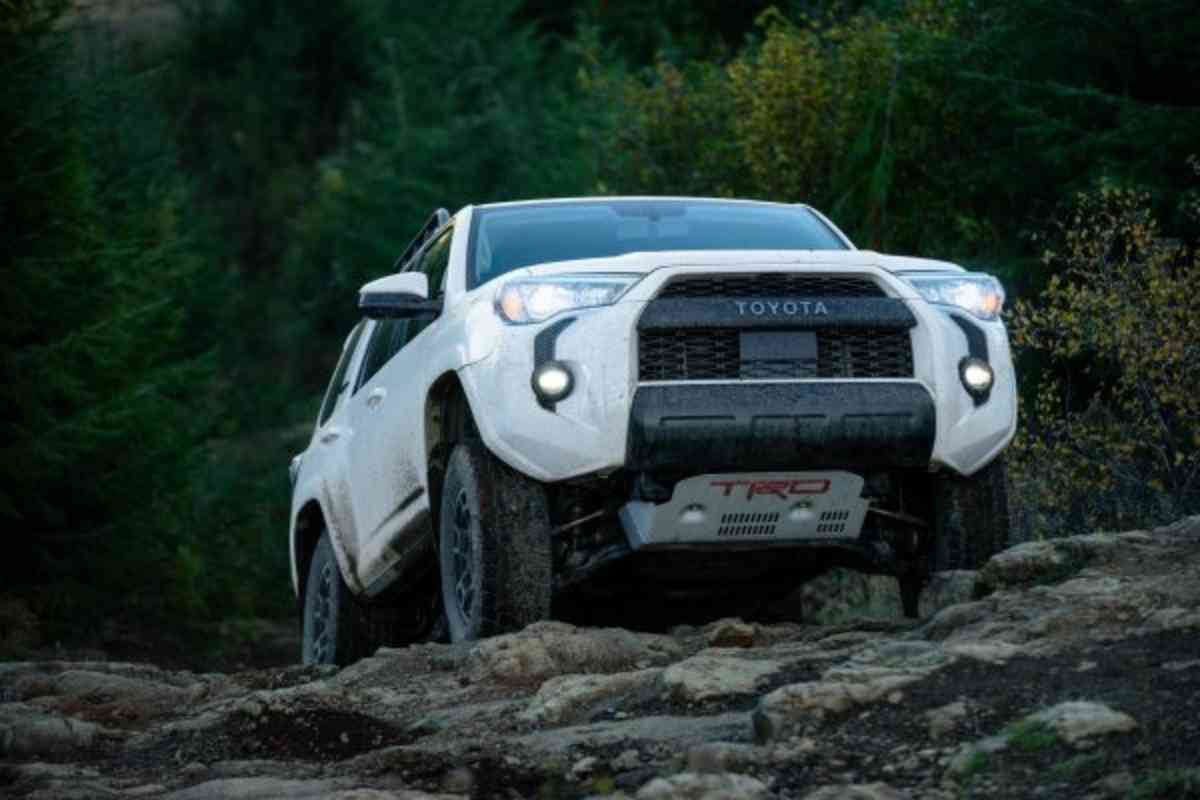
Body Chop Mount
A Body Chop Mount involves removing certain metal sections from the vehicle’s frame. It reduces the weight of your car by about 20 pounds, and drastically increases its flexibility, allowing you to traverse rocky terrain with ease.
If you’re willing to make some modifications to your 4Runner, you can add 285/70/17 tires, which have a 1.6% larger diameter than the 275s. You can also add 285s by relocating the front wheel well’s fender line.
While this is simpler, you do lose out on the increased flexibility associated with the BCM. Keep in a Body Chop Mount is an elaborate, even extreme, modification.
It’s usually only desired if you’re a frequent off-roader. However, you can drive on highways with no significant loss of fuel economy.
Leveling Kit or Lift Kit
If you lift your 4Runner up at least 3,” you can add 33″ tires (285/70/17), which are the absolute largest tires you can fit on this vehicle.
Keep in mind adding 33″ tires does create certain risks when off-roading. If you lift the suspension and lift or level the body of your 4Runner, you’ll end up changing the angle of the Constant Velocity joint.
The CV joint delivers power from the transmission to the wheels. It’s placed in a vulnerable position on a lifted 4Runner. If either of the front wheels leaves the ground, your CV can wind up damaged.
To protect it, you’ll need to drop your front differential. Another factor to consider is the differences between tire brands.
Putting 33″ tires on your lifted 4Runner doesn’t leave much wiggle room. Certain brands, based on traction or minor variations in size, can result in rubbing.
How Do Generations Affect Tire Size for the Toyota 4Runner?
The first 4Runner hit the market back in May 1984, making this vehicle one with many different looks.
Toyota has designed five different generations of 4Runners:
- 1st Generation – 1984 to 1989
- 2nd Generation – 1989 to 1995
- 3rd Generation – 1996 to 2002
- 4th Generation – 2003 to 2009
- 5th Generation – 2009 to Present
The vast majority of 4Runners on the road today are from the fifth generation, which means they follow the guidelines above.
The vehicles with 17″ rims include the 265-70-17 tires, and those with the 20″ rims will have the 245-60-20 tires. Even earlier generations typically use the same sizes, although you might potentially need a different size if your 4Runner is a first or second generation.
Check your owner’s manual for information specific to your vehicle.
How to Read the Tire Sizes of a Toyota 4Runner
Let’s take a look at the most common Toyota 4Runner tire, the P265/70R17 113 S. It’s standard on all fifth-generation vehicles with 17″ rims.
Here’s what each element means:
- P – Indicates the tire is designed for passenger vehicles. It’s the most common type.
- 265 – The width of the tire in millimeters based on the space between each sidewall.
- 70 – The aspect ratio of the tire. In this case, the height of the tire is 70% of its width. Lower numbers indicate faster turning.
- R – The tire is a radial, made from coated rubber along with fabric, steel, and polyester. Other types of construction besides Radial are used for trailers, motorcycles, and specialty purposes.
- 17 – Rim size
- 113 – The load index shows the weight capacity of the tire. The 113 has a maximum capacity of 2,535 pounds.
- S – The speed rating indicates the tire’s maximum speed. With an S rating, the tire can handle speeds up to 112 mph.
Note the differences between the P265/70R17 113 S and the P245/60R20 107 H.
They have different diameters and aspect ratios, which means they have different speedometer settings. It’s relatively rare for auto manufacturers to use tires with two different diameters.
More 4Runner Resources
If you enjoyed reading about the Toyota 4Runner, you will surely appreciate my other related articles. These articles delve deeper into specific aspects of the 4Runner such as its off-road capabilities, interior design and technology features.
Additionally, I have compared the 4Runner to other popular SUVs in its class to help you make an informed decision about your next vehicle purchase. Give them a read; I am sure you will find them as interesting and informative as the first article.
Bottom Line
The truth is, there’s more than one size of tire that can fit on a 4Runner, and it depends on what year the car is from.
Most years will have 17” rims that work with P265/70R17 113 S tires, but some have 20” rims. If you are willing to make a few modifications, other sizes could also fit.

